**Addressing Pitbull Aggression Towards Other Dogs: A Comprehensive Guide to Understanding and Resolving Behavioral Issues**
Pitbulls, known for their strength and confident demeanor, can sometimes display aggression towards other dogs. Understanding the breed’s temperament and triggers is crucial for effectively managing this behavior. This article delves into the intricacies of pitbull aggression, providing research-based insights and practical strategies to help owners address this challenge.
We explore the breed’s historical background and genetic predisposition, identifying potential triggers such as fear, resource guarding, and territorial instincts. By understanding the underlying causes of aggression, we can tailor our approach to address specific concerns.
Beyond understanding triggers, we present effective management and training techniques. Socialization plays a pivotal role in shaping a pitbull’s interaction with other dogs. We provide guidance on exposing them to canine companions safely, fostering positive associations and reducing fear-based responses. Positive reinforcement training and desensitization methods are also outlined, empowering owners with tools to gradually reduce aggressive tendencies.
Finally, we offer tips for managing aggressive encounters in real-world scenarios. From proactive measures to de-escalation techniques, we arm owners with practical advice to navigate potentially confrontational situations. Understanding and addressing pitbull aggression is a multi-faceted endeavor that requires patience, consistency, and a commitment to positive and responsible ownership. This article serves as a comprehensive resource for owners seeking to promote harmonious canine relationships and ensure the well-being of their beloved companions.
## Understanding Pitbull Temperament and Triggers
**Historical Context and Genetic Predisposition**
The American Pit Bull Terrier, often referred to as pitbull, was initially bred for fighting and bull baiting. While modern-day pitbulls are far removed from their aggressive ancestors, their genetic heritage can still influence their temperament.
**Common Triggers for Aggression**
Pitbulls may exhibit aggressive behavior towards other dogs due to various triggers, including:
– **Fear:** Negative experiences or perceived threats can trigger a defensive response.
– **Resource Guarding:** Protecting food, toys, or personal space from perceived competitors.
– **Territorial Instincts:** Defending their home or territory from perceived invaders.
– **Genetic Factors:** Some pitbulls may have an inherited predisposition towards aggression.
**Recognizing Signs of Aggression**
Identifying the signs of canine aggression is crucial for preventative measures. These signs may include:
– Stiffening of the body
– Dilated pupils
– Snarling or growling
– Lunging or snapping
– Raised fur
– Hackles on the back
The #1 Free Source for Pitbull & Bully Pedigrees!
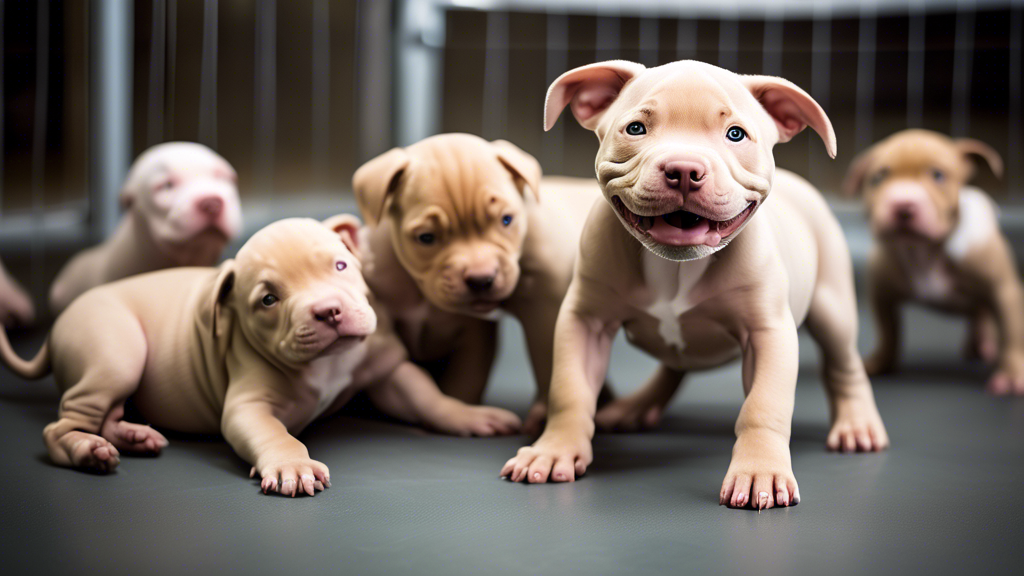
## Effective Management and Training Techniques
Socialization Strategies for Pitbulls
* **Early socialization:** Begin exposing pitbull puppies to a variety of dogs in controlled environments from a young age.
* **Neutral settings:** Choose neutral locations for interactions, such as parks or training classes, where the dogs are less likely to feel territorial.
* **Gradual approach:** Start with brief, supervised encounters and gradually increase the duration and intensity as the pitbull shows comfort.
* **Positive associations:** Pair social interactions with positive experiences, such as treats or praise, to create positive associations with other dogs.
Positive Reinforcement Training
* **Reward-based training:** Use high-value treats or other rewards to reinforce desired behaviors, such as calm interactions with other dogs.
* **Clicker training:** A clicker provides immediate feedback to mark the exact moment of the desired behavior, facilitating positive reinforcement.
* **Redirection:** If your pitbull shows signs of aggression, calmly redirect their attention to an appropriate behavior or object.
Desensitization Methods
* **Controlled exposure:** Gradually expose your pitbull to triggers that may evoke aggression in a safe and controlled environment.
* **Distance and duration:** Start at a distance where your pitbull shows no signs of distress and gradually reduce the distance and increase the duration of exposure.
* **Counter-conditioning:** Pair the trigger with positive experiences, such as treats or praise, to change the pitbull’s emotional response over time.
Managing Aggressive Encounters
* **Remain calm:** Do not react aggressively or fearfully when your pitbull shows aggression.
* **Separate the dogs:** If a fight occurs, immediately separate the dogs using a physical barrier, such as a leash or fence.
* **Seek professional help:** If you are unable to manage your pitbull’s aggression through training and socialization, consult a certified animal behaviorist or veterinarian for guidance and support.
## Conclusion:
Understanding and effectively addressing pitbull aggression towards other dogs is essential for responsible ownership. The strategies outlined in this article provide a comprehensive approach to proactively prevent aggression, manage it effectively, and train pitbulls to coexist harmoniously with their canine counterparts. By implementing these techniques, owners can help their pitbulls overcome fear-based aggression, reduce resource guarding and territoriality, and develop the socialization skills necessary for a well-adjusted temperament. Remember, consistency and patience are crucial in overcoming pitbull aggression. Owners should work closely with experienced trainers or behaviorists as needed to develop a tailored plan that addresses their dog’s specific needs. By following these guidelines, owners can foster a safe and fulfilling environment for their pitbulls, strengthening the human-animal bond and enhancing the overall well-being of both dogs and their families.








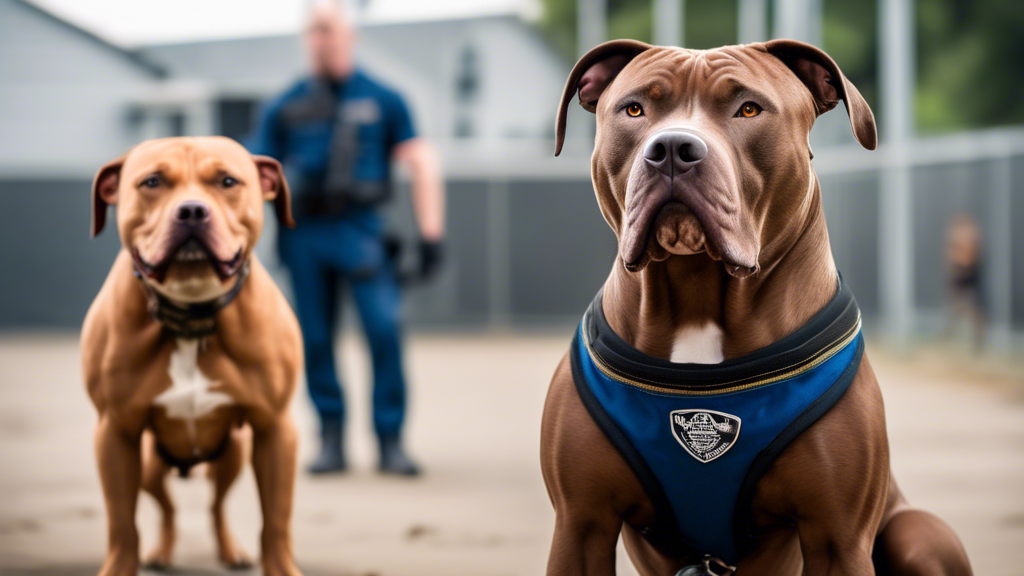
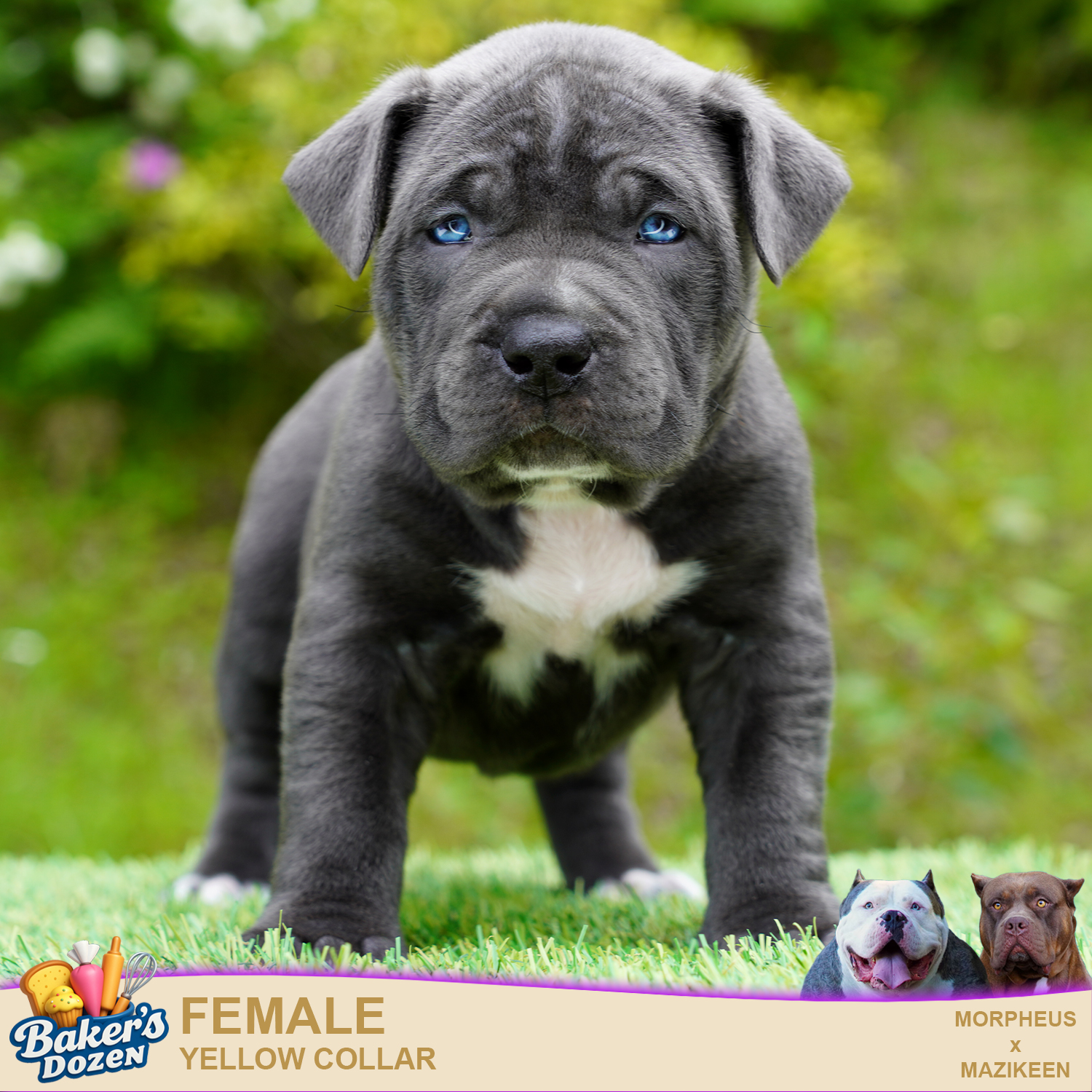
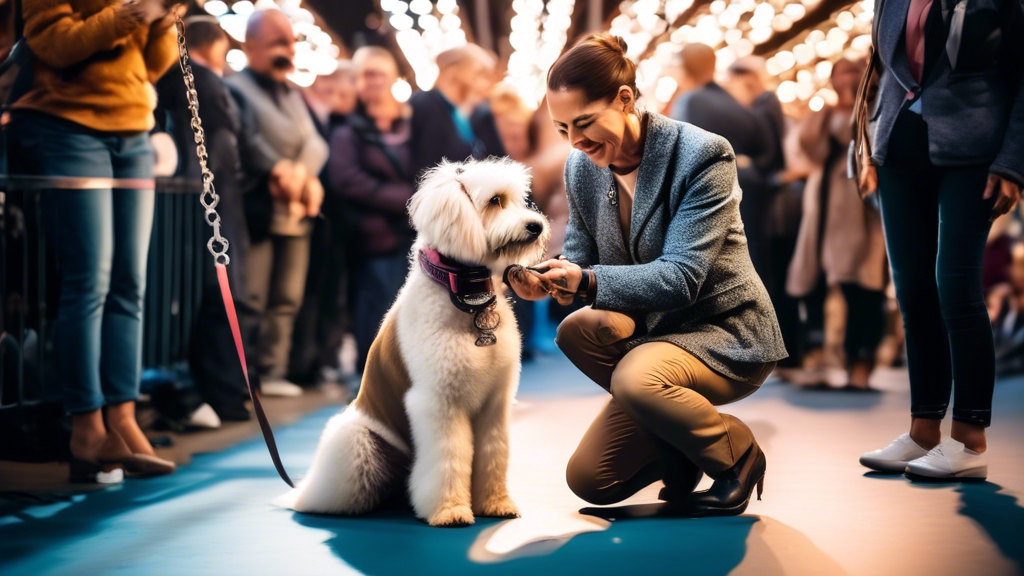
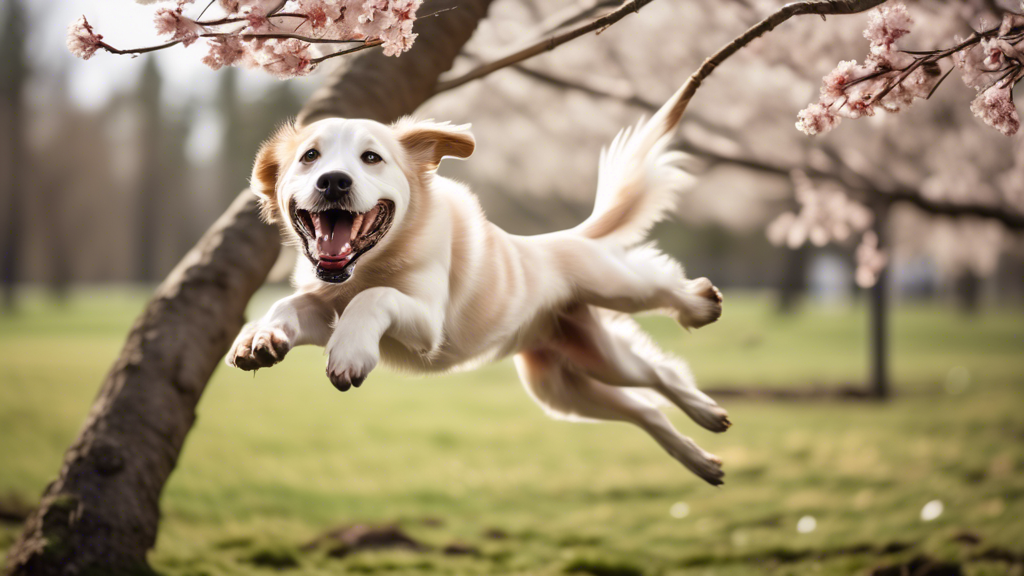
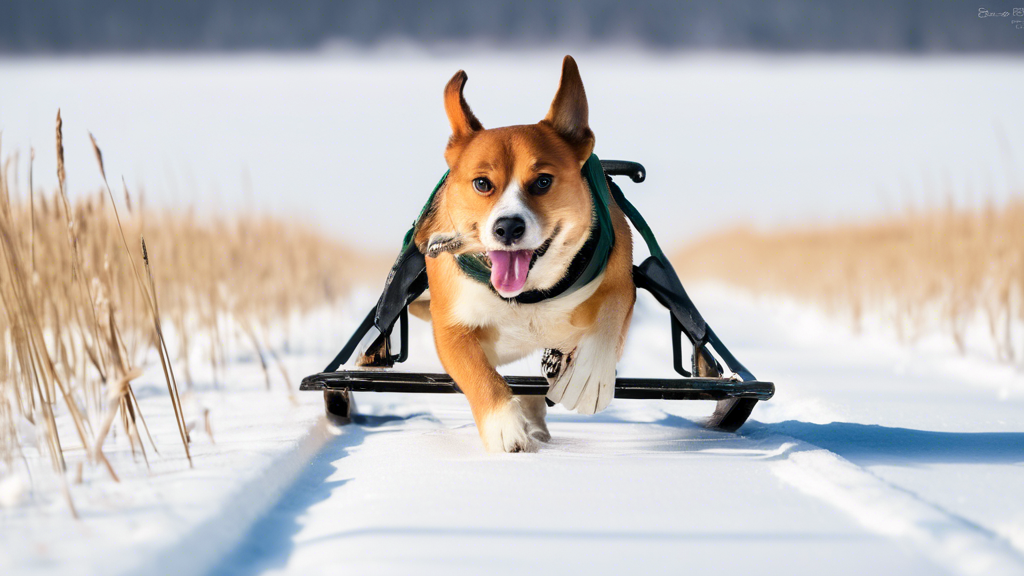
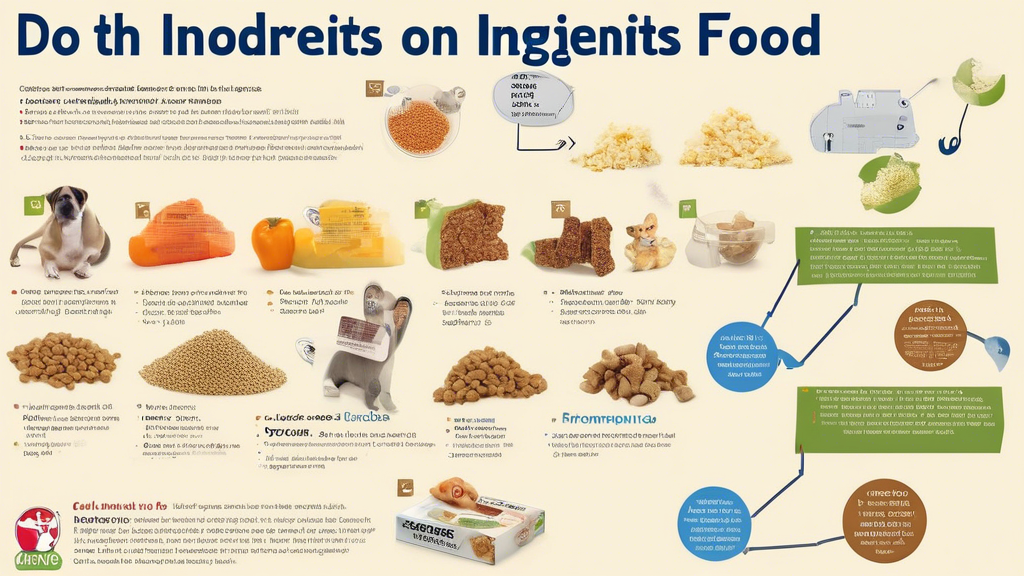
Leave A Comment